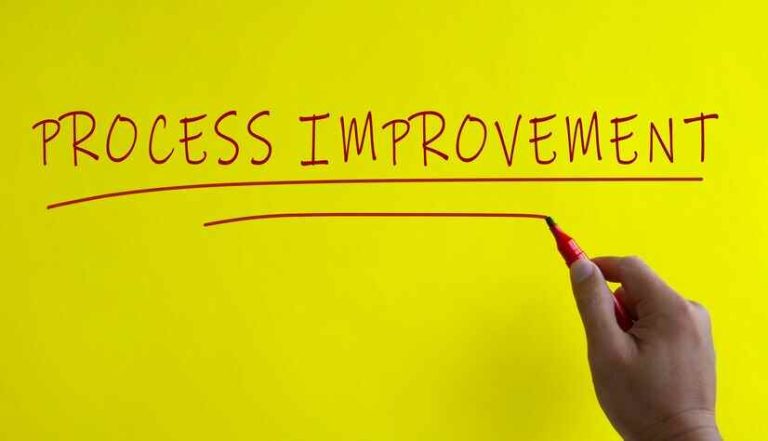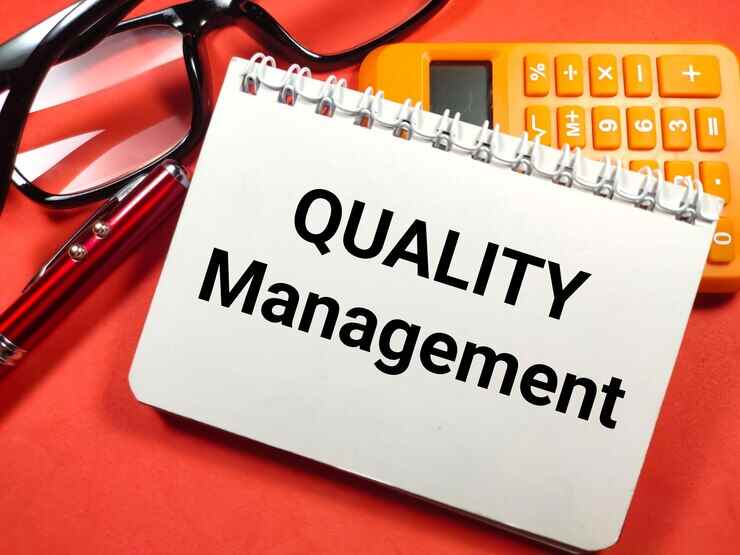Introduction to Continuous Improvement
In today’s global marketplace, organisations must be proactive in ensuring the continuous improvement of their business processes. The continuous improvement model emphasises constant learning and adapting to a changing environment and is a reliable approach to maintaining organisational performance and success. This article will help you understand and learn how to develop and implement a continuous improvement strategy. The article will look at the concept of continuous improvement and provide a framework organisation can utilise to drive continuous improvement in delivering their services.
What are the Benefits of Continuous Process Improvement?
Continuous improvement is a process for making ongoing improvements to processes and procedures, allowing us to improve organisational efficiency and effectiveness.
By following a plan to identify problems, implement solutions, evaluate the impact of those solutions, and make changes based on the results, you can continuously improve the quality and performance of your operations.
Work to continuously improve the processes and practices that make a great company because if we do, the future is different from what we want to experience.
Quality Assurance is a systematic approach to ensuring that all products and services meet the high standards that customers and your business expect.
Why Is Business Process Improvement Important?
Continuous improvement (CI) is essential for driving innovation, enhancing customer satisfaction, and increasing employee satisfaction and morale.
As an organisation evolves and changes, its processes must be reviewed, updated, and optimised to keep up with the ever-changing market. By implementing CI, companies can ensure that their processes are optimised for success in the future.

Building a Quality Management System
Developing and implementing a quality management system in your business is one of the most important aspects of implementing an ISO system.
By defining the steps and processes necessary to identify, prevent, and correct issues, you can ensure that all product or service is delivered consistently and reliably.
With quality management, you can achieve continuous improvement. You can also ensure your clients receive the highest quality products or services possible.
The goal is to develop a quality management system that meets your needs.
How to Implement a Quality Management System

A quality management system is a formal, structured process that ensures products or services are delivered to the highest quality standards consistently and sustainably. Following the steps below, implementing a quality management system can improve the effectiveness and efficiency of operations, enhance the quality of products and services, and reduce the likelihood of future problems.
Join the NoLimits Business Community
Are you a business owner looking to take your business to the next level? Join our innovative community of like-minded professionals and gain access to a wealth of valuable resources, including a community portal to chat with other business owners, ebooks, business development software, and growth events that will transform the way you do business. Best of all, these resources are completely free and will be available to you forever.
But the benefits of joining our NoLimits business community don’t stop there. By becoming part of our community, you’ll have the opportunity to connect with other business owners, share insights and ideas, and build valuable relationships that will help your business thrive. Don’t miss out on this amazing opportunity to supercharge your business and join us today!
7 Steps to improve business processes
There are many different methods and frameworks for improving processes, but a common approach is to follow a set of steps that can guide the process improvement effort. Here are some general steps that can be followed:
1. Identify the process
The first step is to identify the process that needs improvement. This may involve mapping out the steps involved in the process, identifying the inputs and outputs, and understanding the current performance of the process.

2. Define the objectives
Once the process has been identified, defining what success looks like is important. What are the specific objectives that the improved process should achieve? This may involve setting goals for efficiency, quality, cost reduction, customer satisfaction, or other metrics.
3. Analyse the process
The next step is to analyse the current approach to identify areas for improvement. This may involve gathering data, identifying bottlenecks or inefficiencies, and understanding the root causes of problems.
4. Design the new process
Based on the analysis, it’s time to design a new process to achieve the desired objectives. This may involve brainstorming ideas, considering different options, and developing a plan for implementing the new process.
5. Implement the new process
With the new process design in place, it’s time to put it into action. This may involve training employees, updating procedures, and communicating changes to stakeholders.

6. Monitor and measure performance
Once the new process is in place, monitoring and measuring its performance over time is essential. This will help identify any issues and ensure the process meets the defined objectives.
7. Continuously improve
Finally, it’s important to recognise that process improvement is ongoing. As new data is gathered and new challenges arise, there may be opportunities to further refine and improve the process. A culture of continuous improvement ensures that procedures are continually optimised for maximum effectiveness.
In Summary
Implementing a continuous improvement strategy requires a commitment to ongoing analysis, collaboration, and communication among all employees. By encouraging feedback and ideas from all team members, you can identify opportunities for improvement and make adjustments quickly.
Ultimately, having a continuous improvement strategy can lead to increased profitability and long-term success for businesses.
By continuously evaluating and improving processes and practices, you can stay competitive, adapt to changing market conditions, and deliver high-quality products or services that meet your customers’ needs.
By David Rivers
Join the NoLimits Business Community
Are you a business owner looking to take your business to the next level? Join our innovative community of like-minded professionals and gain access to a wealth of valuable resources, including a community portal to chat with other business owners, ebooks, business development software, and growth events that will transform the way you do business. Best of all, these resources are completely free and will be available to you forever.
But the benefits of joining our NoLimits business community don’t stop there. By becoming part of our community, you’ll have the opportunity to connect with other business owners, share insights and ideas, and build valuable relationships that will help your business thrive. Don’t miss out on this amazing opportunity to supercharge your business and join us today!

